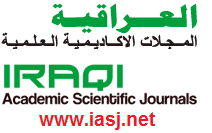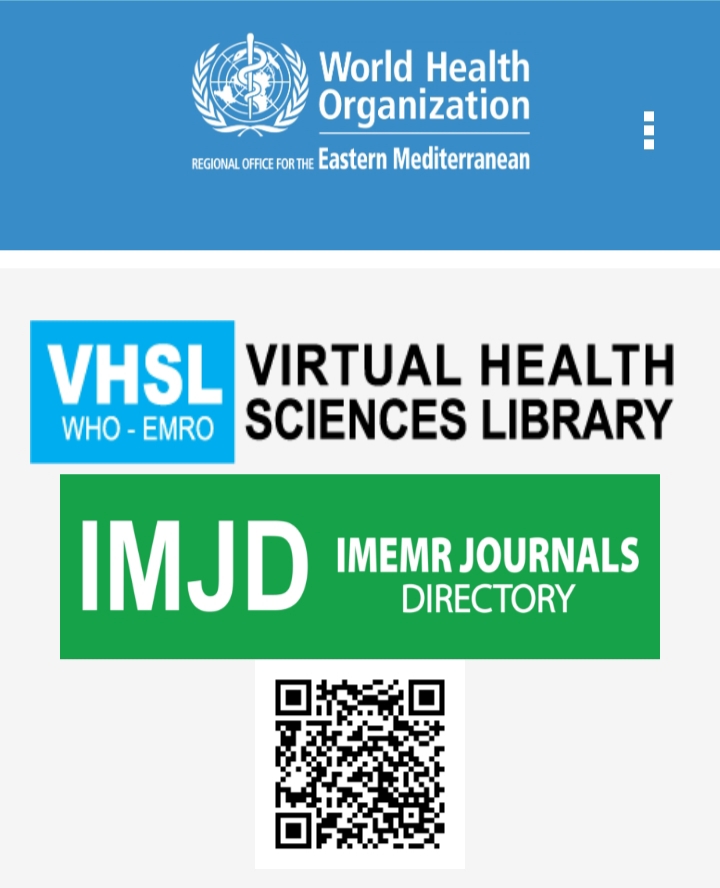Radiological accuracy in the interpretation of apical fitness in endodontics
Abstract
Aim: To compare the accuracy of rightangle paralleling and bisectingangle radiographic techniques in the determination of apical fitness in endodontic therapy. Materials and Methods: Thirty three root canals of first upper and lower molar teeth have been used in this study. A Kfile was inserted into the canal until its tip was fit snuggly one millimeter shorter than the apex. Each tooth then radiographed twice by the rightangle paralleling and bisectingangle techniques. The distance between the file tip and the center of radiographical apex was directly measured by two examiners and the mean of each two measurements was recorded. Data were collected and analyzed statistically by analysis of variance and Duncans Multiple Range test. Results: The mean value revealed that there were clear differences between the mean of measurements by the parallel technique (0.87mm) and that with the bisecting technique (0.39mm), when these two results compared with the mean of real measurements (1mm). One way analysis of variance revealed there were significant differences in one of the three groups at p < 0.05 level. Duncan Multiple Range test showed that the parallel measurements when compared with the real measurements the results showed that there was no significant difference but was significantly different from the bisecting measurements. Conclusion: It is preferable to the dentist to use the rightangle paralleling technique during root canal treatment, where it gives more accurate result for estimation of the working length.











